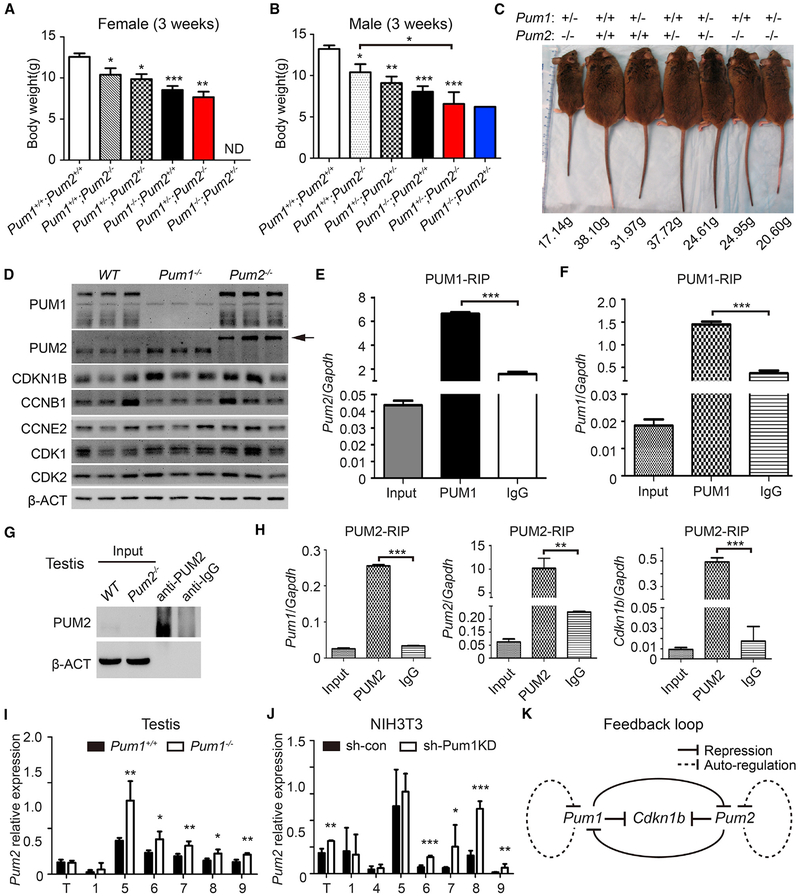Figure 7. Pum1 and Pum2 Double Mutants Exhibited Discrete Body Weight Reduction, and Reciprocal and Auto-Regulation of PUM Gene Expression May Be Responsible for Such a Precise Control of Body Weight.
(A–C) Body weight was measured at the age of 3 weeks for female (A) and male (B) mice of various combinations of Pum1 and Pum2 single or double mutations. A picture of one representative litter showing a remarkable discrete effect of loss of Pum genes at one gene copy interval is shown (C).
(D) Western blot analyses of key cell cycle regulators in 3-week-old testis of Pum1−/− and Pum2−/−. Left-pointing arrow represents chimeric PUM2-βgeo fusion protein in Pum2−/− mice.
(E and F) Both Pum2 (E) and Pum1 (F) mRNAs were enriched in PUM1 immunoprecipitates. Total cellular RNA (input) and RNA present in the immune complex (anti-Pum1 and anti-IgG, respectively) were used.
(G) Western blot of testis PUM2 RNA immunoprecipitation indicated that PUM2 proteins could be pulled down at high efficiency.
(H) Pum1, Pum2, and Cdkn1b mRNAs were significantly enriched in the PUM2 immunoprecipitates.
(I and J) The relative Pum2 mRNA levels in total RNA (T) and polysome fractions (number) were measured using qRT-PCR on fractionation extracts from adult testis (I) and NIH 3T3 (J). The values are normalized to β-actin. The experiments were performed in triplicate; 1 represents free RNP, and 5–9 represent polysome fractions.
(K) Proposed model of PUM expression feedback loop. Expression of Pum1 and Pum2 is co-expressed in most tissues and precisely regulated by auto and reciprocal translation repression via binding of PBEs on their 3′ UTR.

